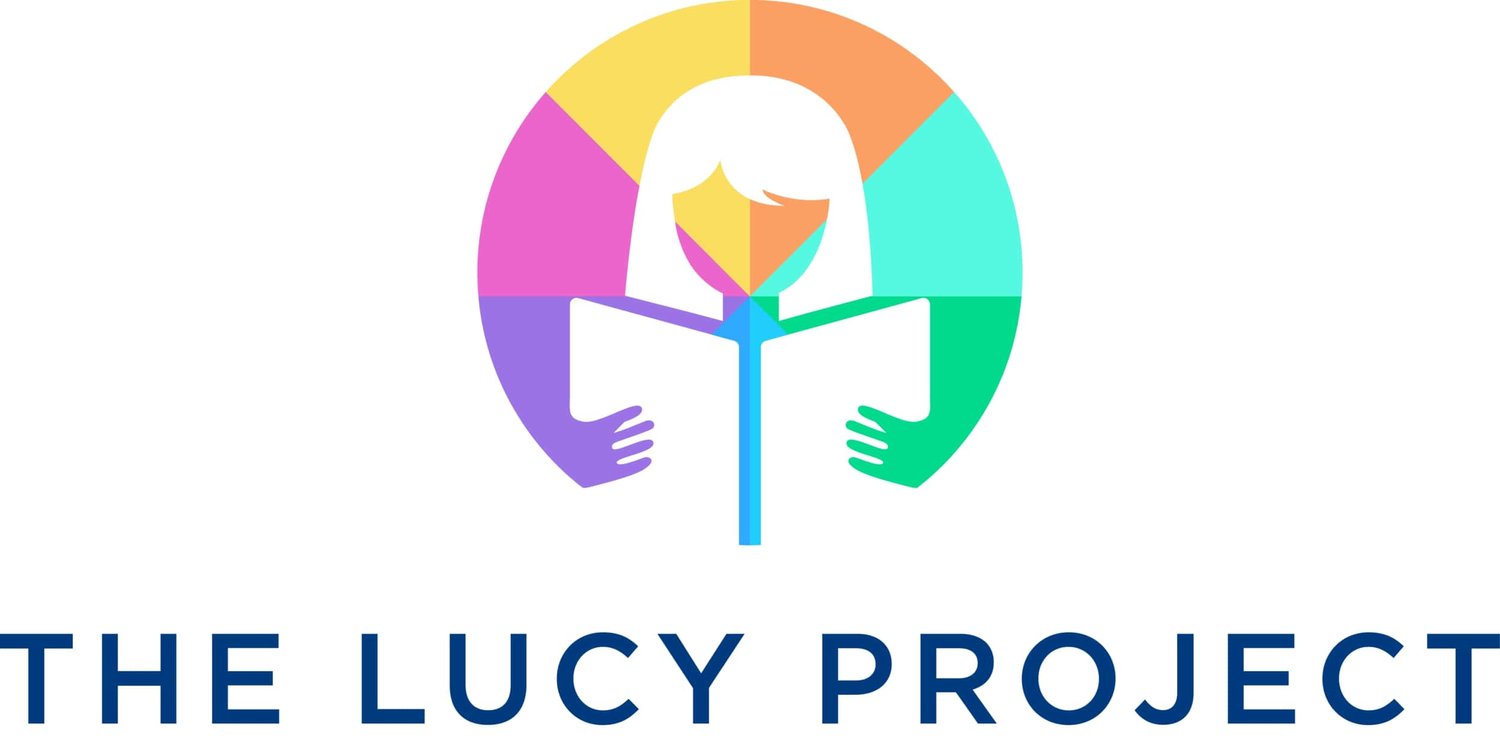Reading is not a natural process. One must be taught to read in a systematic, structured manner.
If students with dyslexia get effective phonological awareness and phonics instruction in kindergarten and first grade, they will have fewer problems learning to read on grade level than children who are not identified or assisted until third grade. About 74 percent of students who are poor readers in third grade stay poor readers in ninth grade, often because they are not taught using appropriate Structured Literacy instruction with the necessary intensity or duration. Often, they can’t read well as adults, either.
Read on here.

